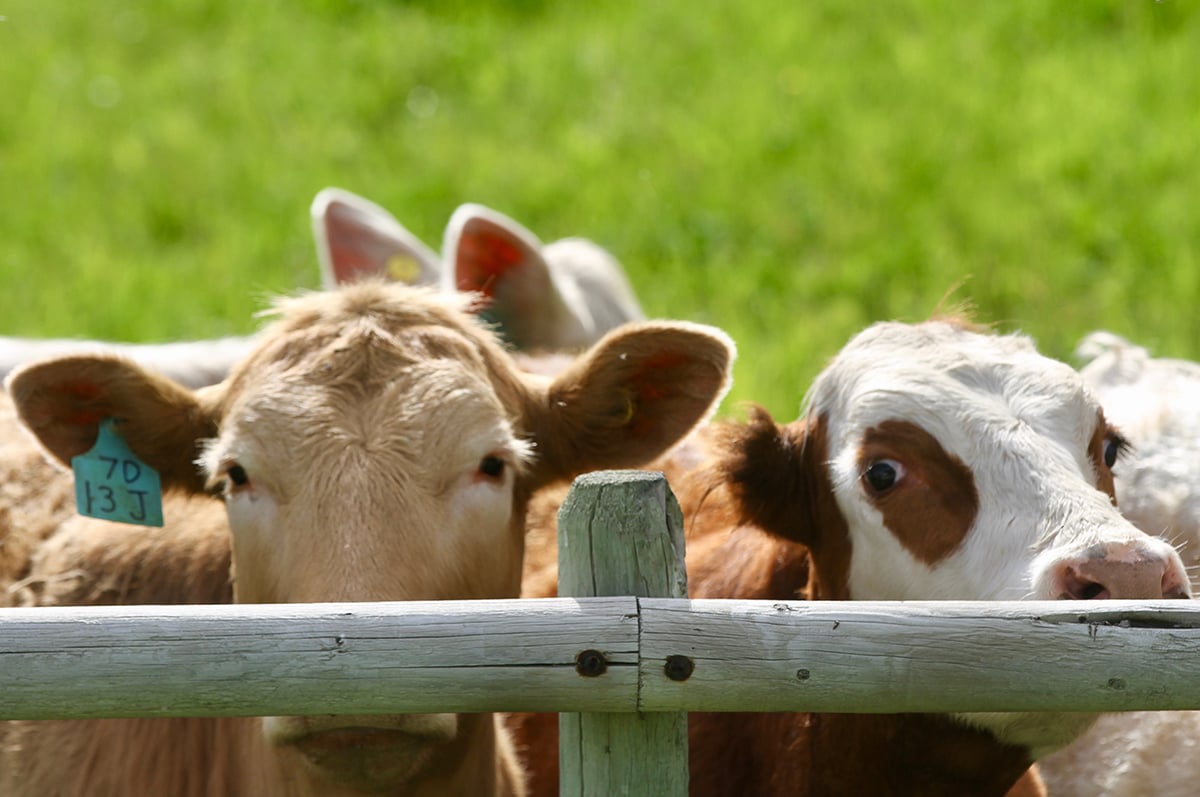GATINEAU, Que. — The spectre of African swine fever infecting pigs in Canada is giving more impetus to the potential formation of Animal Health Canada, an entity with the goal of improving animal disease prevention, preparedness, response and recovery.
ASF’s continued spread in Asia and Eastern Europe is a concern because its arrival in Canada would halt trade, at least temporarily, and has major animal health and welfare implications.
Work on the AHC project has been underway for more than a year. At the core is concern that the wide array of sectors, commodities, industry players and government entities involved in animal disease outbreaks can be unwieldy and slow to respond.
Read Also

Feeder market consolidates at historic highs
For the week ending Sept. 6, Western Canadian feeder cattle markets were relatively unchanged compared to seven days earlier.
AHC would be designed to streamline the process of dealing quickly with any animal disease issue arising in Canada.
“We’re making good progress in a couple of ways,” said Rory McAlpine, senior vice-president for government and industry relations with Maple Leaf Foods.
“One, we’ve got virtually everybody of all species groups and all government partners at the table. So the inclusion of the effort is perfect, if you will. There’s no part of the industry or government continuum in animal health that’s really missing.”
McAlpine gave an overview of the project Nov. 27 at the National Farmed Animal Health and Welfare Council forum. The NFAHWC is assisting in the process.
McAlpine said various deputy ministers, chief executives and heads of livestock commodity groups planned to meet in December to discuss progress.
“At that meeting we will bring forward the evidence and the work that’s been done to date and then really start the tough conversation about what the solution that’s best suited to Canada could look like,” he said in an interview.
“We’re hitting the point now where the conversations get more challenging because now you’re starting to talk about how you’re going to reorganize mandates, how you might merge certain programs, how you will address the financial and legal underpinnings for a new organizational framework. Those are tough questions.”
The goal of that meeting was to develop a presentation for the federal-provincial ministers when they meet this summer.
An analysis of gaps in existing response to disease detection and containment showed there is confusion about the roles and responsibilities of all the players depending on whether the threat is a reportable, emerging, notifiable or endemic disease.
There are provincial differences in how various disease outbreaks are handled and the Canadian Food Inspection Agency has a major role in many cases as well, as seen with BSE and bovine tuberculosis cases in recent years.
The CFIA will always be the clear regulatory authority that handles reportable foreign animal diseases affecting the country, said McAlpine.
“But when it comes to everything else about programs, whether it’s traceability, surveillance, emergency response, investments in research — all of that is in our view something which can be delivered in a different way … that does not bring into question the regulatory authority.”
ASF is pushing all sectors to devise a strategy. McAlpine contends an organization like AHC would more nimbly respond to an outbreak of ASF and any other serious animal disease, and could help any affected industry recover more quickly.
An industry survey undertaken as part of a gap analysis of the AHC concept showed biosecurity was the number one area that respondents thought should be addressed in order to best manage animal health risks.
Disease surveillance was next, followed by traceability. The survey included veterinarians, producers, government, processors and academia.
Ranked by urgency, respondents said the country’s capacity for depopulation and carcass disposal looms large.
Fully 80 percent said there are opportunities to simplify or streamline animal health stakeholders, organizations and networks and 71 percent support AHC’s vision and mission as so far articulated.
The gap report indicated progress is needed in depopulation strategies, protocols for voluntary cease movement of animals, biosecurity implementation and compensation for producers affected.















